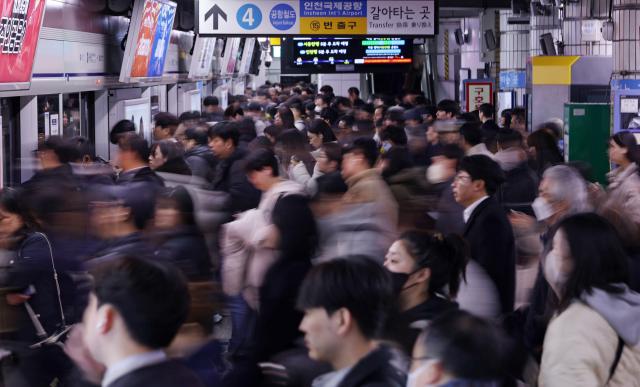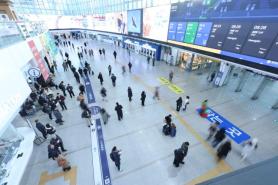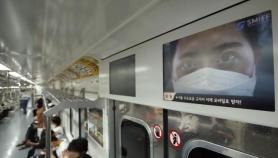
SEOUL, January 27 (AJP) - The Korea Meteorological Administration (KMA) announced plans on Monday to develop a system that predicts subway congestion levels based on weather conditions. The system, slated for completion by the end of the year, will combine meteorological data with subway congestion information provided by Seoul Metro.
According to South Korea's statistical information service, about five million people use Seoul’s subway trains daily, primarily for commuting. In 2024 alone, more than 1.7 billion subway rides were recorded in the city. It’s common for commuters to travel in crowded, fully packed subway cars during rush hours.
The KMA intends to launch a pilot program for Seoul's subway system in 2025 and expand it to other major cities, including Busan, Daegu, and Gwangju, by 2026. This initiative aims to address how weather affects commuter behavior, improving public transportation management.
Research indicates that extreme weather conditions, such as heatwaves and snowstorms, significantly influence public transportation use. A 2020 report by the Korea Transport Institute revealed that while overall traffic decreases during severe weather, public transit usage increases. Commuters are more likely to switch from private vehicles to subways and buses during extreme weather events—a phenomenon known as "mode shift."
Data shows notable trends in subway usage during adverse weather. For instance, during snowstorms, subway ridership spikes, particularly in densely populated residential areas. In Seoul’s Nowon district, public transportation usage rose by 5.26 percent during heavy snowfall.
Additionally, a study presented at the 2021 Korean Society of Transportation conference found that commuters are 18.6 percent more likely to use subways during heavy rain and 15.3 percent more likely during snowstorms compared to clear weather.
The KMA's new system will use these insights to provide three-day forecasts of subway congestion levels based on weather predictions. This service aims to help commuters better plan their journeys while enabling transit authorities to manage peak times more efficiently.
Copyright ⓒ Aju Press All rights reserved.




